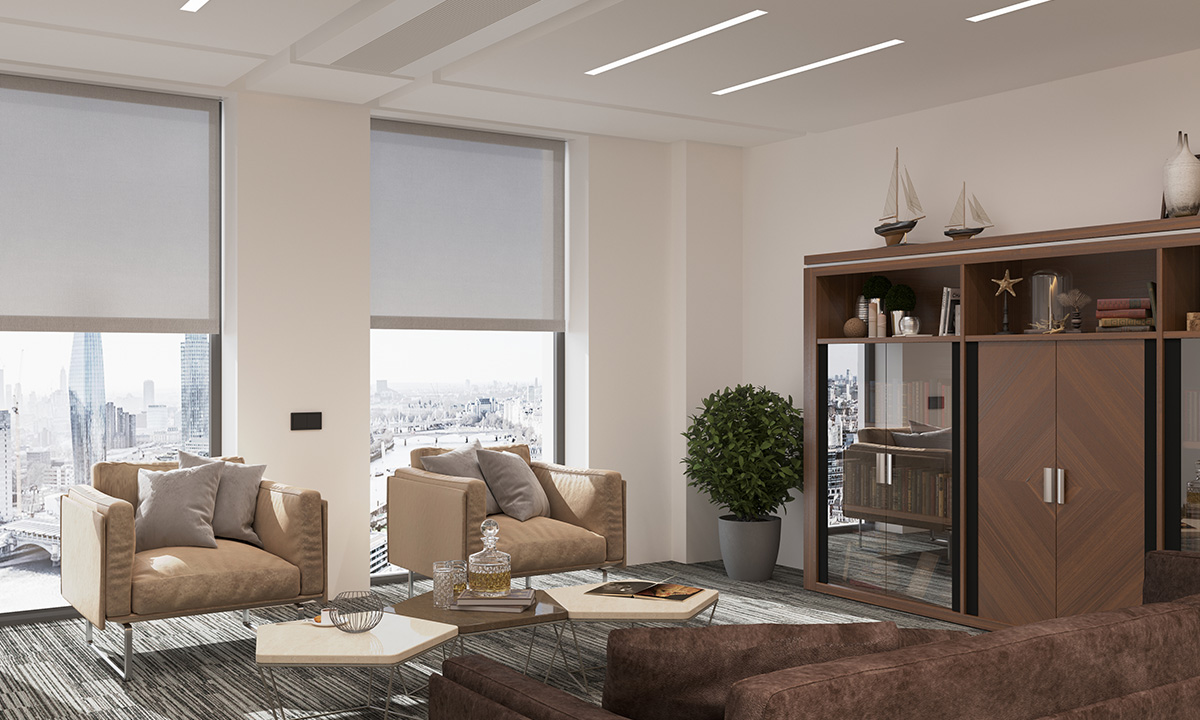When replacing or installing blinds in your workplace, it's important to consider what control options you may need for your particular shading solution. There are a variety of automated blinds and methods of operating them, which is why having a clear idea of the permutations will help you choose the right shading control options.
SMI
Many automated, motorised blinds can be controlled using the Standard Motor Interface (SMI). This technology is an economical and flexible solution to shading control. SMI-supported blinds allow you to dynamically assign your chosen shading controls to both individual and grouped blinds, giving you enormous freedom and flexibility.
Central vs Local control
If you employ a building management system (BMS) to control your heating, ventilation, and air-conditioning (HVAC), then you'll likely want to integrate your blinds into that system. That means a certain degree of central control, and allowing your BMS to raise and lower blinds as required. However, you can still allow selected blinds to be operated locally, which is especially useful where blinds may need to be lowered and raised on demand.
Wired vs Wireless
Automated shading control, broadly speaking, can be implemented in three ways;
Directly wired - Power is supplied to the blind mechanism to operate it and cut when it has reached the right position.
Digitally wired - Where multiple blind mechanisms are wired for power and data, they are operated by sending digital instructions to specific blinds or groups of blinds using SMI.
Wireless - Automated blinds can also be controlled wirelessly. This allows them to be installed more easily, requiring only a power connection. For a completely wireless solution in appropriate locations, the blind can receive power from a solar power pack.
Wireless control has limitations imposed by interference - caused by too many signals in the near vicinity - and attenuation. Your building's structure, floor plan, and size should all be considered when choosing your automated shading control; thick walls, reinforced concrete and metalwork can distort or weaken shading control signals, whereas a wired connection may require expensive cable routing, especially for installations at height or in inaccessible areas.
Location
Where you locate the physical controls for blinds depends on your precise application. For frequently used blinds, it makes sense to have a wall switch either next to the blind in question, or if it's controlling a set of blinds (along one side of a room, for example), situated conveniently close to the front of the room. Wall and desk shading controls can be connected in all three ways, and wireless control switches can even be housed in a remote control unit, allowing effortless shading control on-demand, without requiring new wiring or housing for a new switch.


